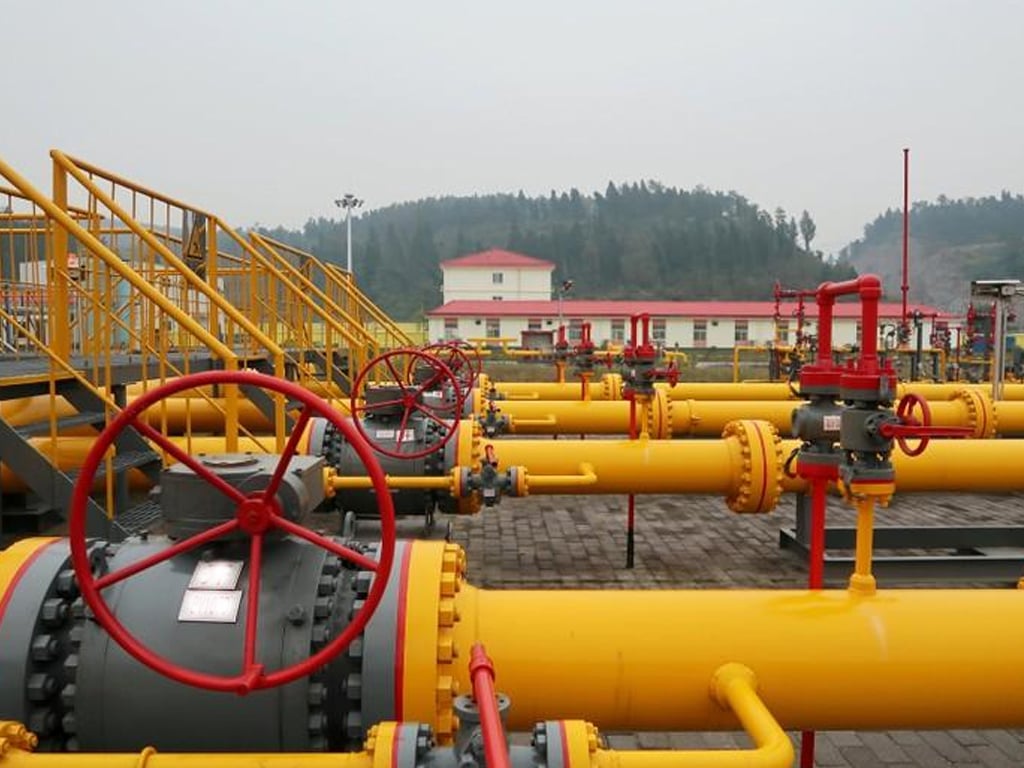In a world where the demand for energy is ever-growing and the need for sustainability is paramount, natural gas emerges as a dynamic player in the global energy landscape. As nations strive to strike a balance between economic development and environmental responsibility, the unique attributes of natural gas make it a compelling and versatile resource. Natgas article explores the multifaceted nature of natural gas, delving into its role in energy transition, environmental considerations, and the innovative technologies driving its sustainable future.
- The Bridge Fuel Concept:
Natural gas is often referred to as the “bridge fuel” in the transition towards a low-carbon future. This designation stems from its cleaner combustion compared to traditional fossil fuels like coal and oil. While not entirely free from carbon emissions, natural gas produces significantly fewer greenhouse gases, making it a crucial component in the shift towards renewable energy sources. As countries aim to reduce their carbon footprint, natural gas serves as a transitional energy source that complements intermittent renewables like solar and wind power.
- Environmental Considerations:
Despite its lower carbon emissions, concerns regarding methane leaks during extraction and transportation have raised questions about the environmental impact of natural gas. To address these issues, advancements in technology and industry practices are focused on minimizing methane leakage. The development of leak detection technologies, stricter regulations, and increased transparency within the industry are steps towards ensuring that natural gas extraction and usage become more environmentally sustainable.
- Innovation in Extraction and Storage:
Technological innovation plays a crucial role in enhancing the sustainability of natural gas. Advanced drilling techniques, such as hydraulic fracturing (fracking), have increased the efficiency of extraction. Additionally, the development of carbon capture and storage (CCS) technologies enables the capture of carbon dioxide emissions from natural gas power plants, further reducing the environmental impact. These innovations highlight the industry’s commitment to addressing environmental concerns while meeting the growing energy demand.
- The Role in Energy Security:
Natural gas contributes significantly to energy security by providing a reliable and consistent source of power. Unlike some renewable sources that are weather-dependent, natural gas can be stored and used as needed, making it a valuable asset for meeting peak energy demands. This flexibility ensures a stable energy supply, reducing the reliance on intermittent renewables and enhancing the overall resilience of energy systems.
- Global Market Dynamics:
The global natural gas market is undergoing significant transformations with the rise of liquefied natural gas (LNG) as a tradeable commodity. LNG facilitates the transportation of natural gas across borders, opening up new markets and diversifying energy sources. This global trade not only fosters economic growth but also promotes energy cooperation and stability on a global scale.
Conclusion:
As the world strives to navigate the complex challenges of balancing energy demand with environmental sustainability, natural gas emerges as a critical component in this journey. Its versatility, lower carbon footprint, and ongoing innovations position it as a bridge to a cleaner energy future. By embracing technological advancements, addressing environmental concerns, and fostering global collaboration, the natural gas industry is paving the way for a sustainable energy landscape that meets the needs of the present without compromising the future.

